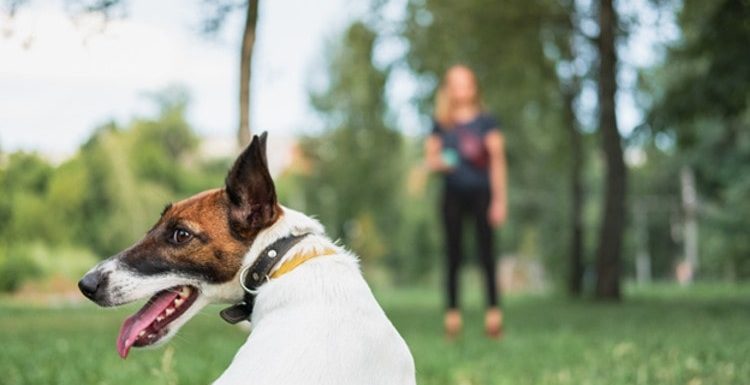
If you’re a dog owner who’s trying to navigate the complex world of potty training, we’re here to guide you on a foolproof path. One approach to consider is the grass potty training method, involving the use of a dog grass pee pad. We’ll delve into its utility, its effectiveness, and of course, how you can successfully implement this strategy with your four-legged friend.
Why Use a Dog Grass Pee Pad?
Dog grass pee pads, a type of dog potty training aid, are quickly gaining popularity among pet owners. These pads are often made from real grass or synthetic grass-like material, offering a realistic texture and scent that resembles the outdoors, making it more appealing and natural for dogs to relieve themselves.
Here’s why they stand out:
- Ideal for Urban Living: Grass pee pads are perfect for individuals living in apartments, or any setting where there’s limited access to outdoor green spaces. They make it convenient for dogs to relieve themselves without the need for frequent outside trips.
- Weatherproof Option: Inclement weather conditions can disrupt your pet’s bathroom routine. With a grass pee pad, your dog can consistently use the restroom regardless of the weather outside.
- Easy to Clean: Many dog grass pee pads are designed to be disposable or have removable and washable components, making them an easy-to-maintain solution.
Step-By-Step Guide to Potty Grass Training Your Dog
With the benefits clear, let’s delve into the step-by-step process of how you can successfully potty grass train your dog.
Step 1: Choose the Right Pee Pad
Before you can start training, you need to get a suitable dog grass pee pad. There are several options available on the market, varying in size, type of grass (natural or synthetic), and features like odor control. Choose one that suits your dog’s size and your living conditions.
Step 2: Select a Suitable Location
Choose a location in your home that’s easily accessible to your dog, yet out of the way of heavy foot traffic. This area should be easy to clean, just in case of any “accidents.” Once you’ve placed the grass pee pad, it’s crucial not to move it around, as consistency is key in helping your dog understand where it’s acceptable to relieve themselves.
Step 3: Introduce Your Dog to the Pad
Let your dog familiarize themselves with the new pad. Encourage them to sniff around it, lie on it, and get comfortable with its presence. It’s important to be patient during this step; forcing your dog to use the pad can create a negative association.
Step 4: Establish a Routine
Routines are vital in dog training. Regularly take your dog to the pad, especially after meals, naps, or playtime, as these are the times dogs usually need to relieve themselves. It’s also a good idea to establish specific “potty times” throughout the day.
Step 5: Use Command Words
Choose a specific command word or phrase like “Go potty,” and use it every time you take your dog to the grass pee pad. Eventually, your dog will associate this phrase with the action of relieving themselves on the pad.
Step 6: Reward Good Behavior
When your dog successfully uses the grass pee pad, shower them with praise and offer treats as a reward. This positive reinforcement encourages your dog to repeat the behavior.
Step 7: Deal with Accidents Positively
Accidents will happen. When they do, refrain from punishing your dog. Instead, clean up quietly, and take your dog to the grass pee pad, reiterating the command word. This helps your dog understand where they should have gone.
Step 8: Gradually Increase Independence
As your dog gets more comfortable using the grass pee pad, allow them more freedom to go to the pad independently. However, continue to monitor their progress and provide positive reinforcement when they use the pad successfully.
Extra Tips for Success
To further ensure your success with potty grass training your dog, here are some extra tips:
- Keep the grass pee pad clean to encourage your dog to use it. If it’s too soiled, your dog might look for cleaner spots to relieve themselves.
- If you plan to transition your dog to outdoor potty habits eventually, consider moving the pee pad closer to the door over time, and finally outside. This can help your dog make the connection between going outdoors and using the restroom.
- If your dog is struggling to adapt to the grass pee pad, you can try adding some of their urine to it. The scent can encourage them to use the pad.
Conclusion
In conclusion, potty grass training your dog using a dog grass pee pad is a manageable task that can significantly simplify your life, especially if you’re living in an apartment or an urban environment. It requires patience, consistency, and positive reinforcement, but the end results will be highly rewarding. Happy training!
